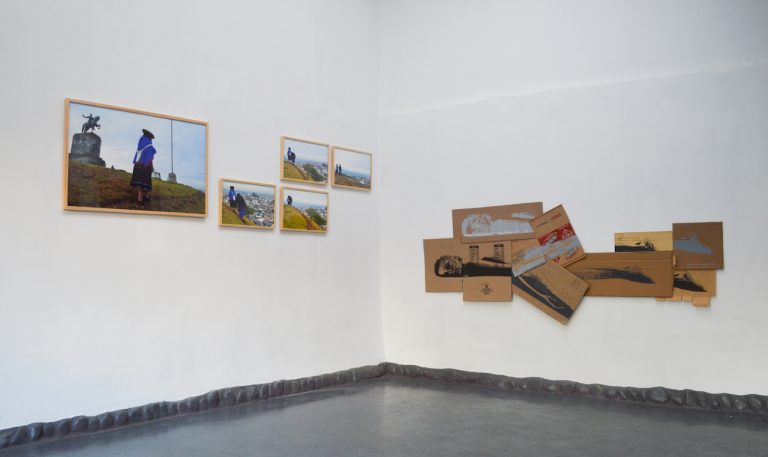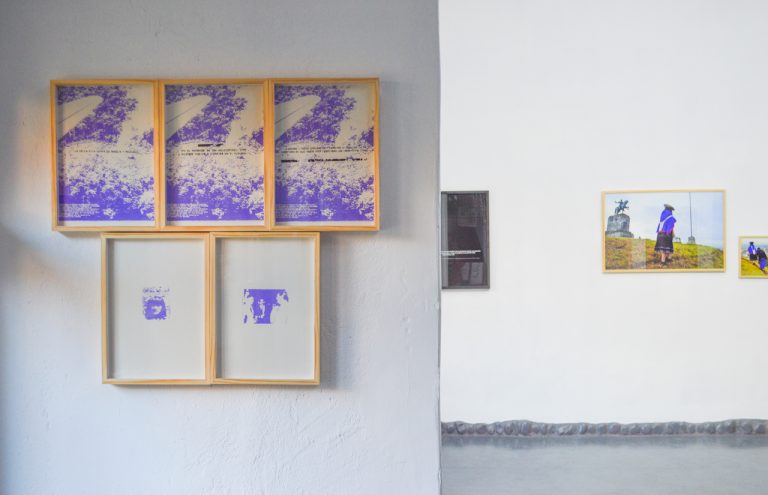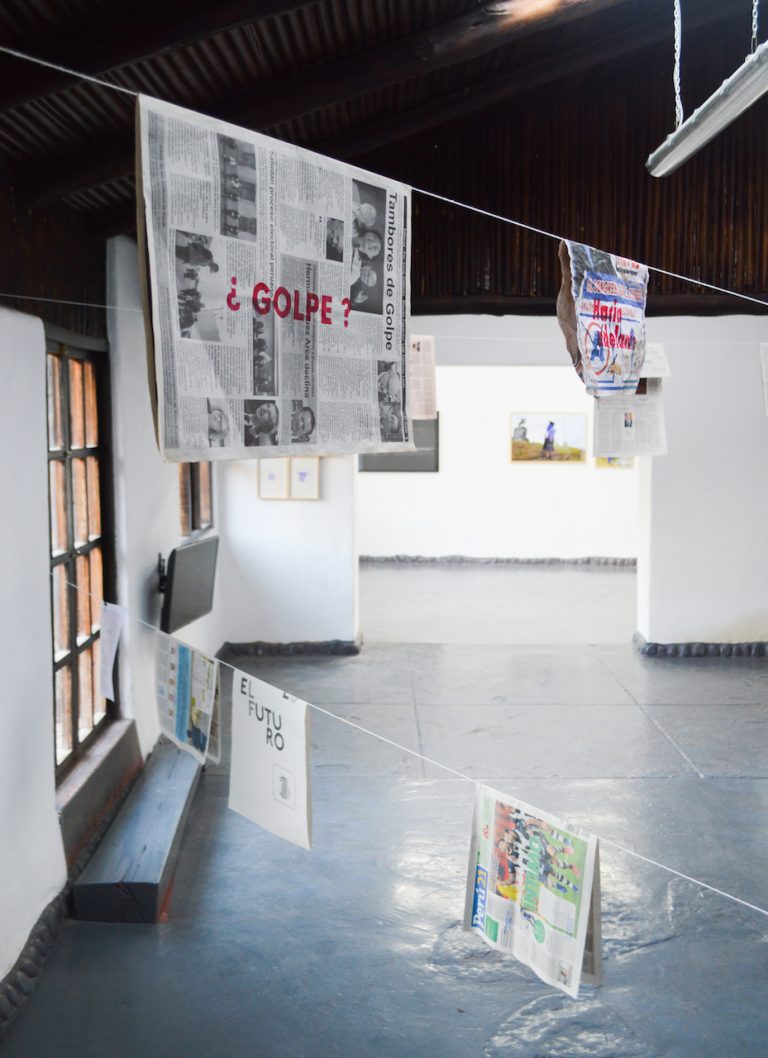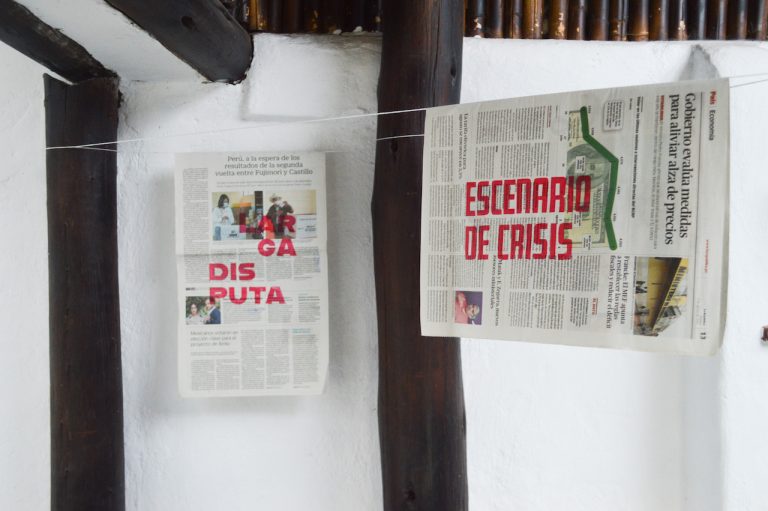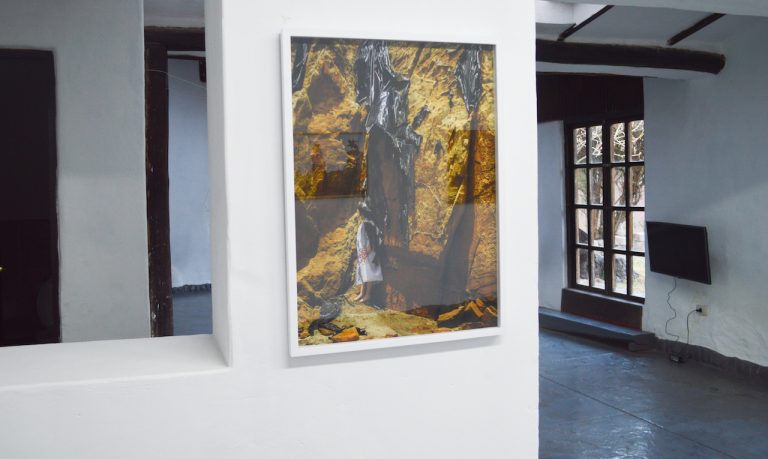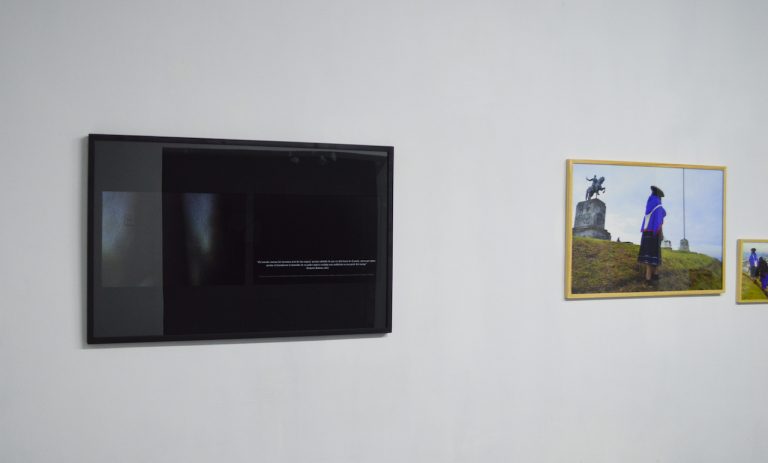Exhibitions
Night maps for thinking about Latin America
Reception: August 14th, 7pm
_VIGILGONZALES Sacred Valley | Jr. Grau 654
Text written by Valentina Gutiérrez Turbay (Bogota, Colombia)
The heterogeneity of which most Latin American countries are made will undergo a strong process of functionalization. Wherever the cultural difference is great, unavoidable, originality is displaced and projected on the Nation as a whole. Where the difference is not so "great" as to constitute a national heritage, it will be "folklorized", offered as a curiosity to foreigners.
Jesús Martín Barbero, De los medios a las mediaciones.
Latin America is a region that brings together countries that share a violent history of colonialism and slavery. For this reason, different disciplines have sought to homogenize its history and challenges in a constant attempt to embrace it as a whole, erasing the particularities of each territory. This is the reason for the pretensions of the press and some intellectuals to read the wave of social outbursts that began in 2019 as a homogeneous phenomenon. The reality is that, when we approach each case, this generalizing approach proves to be insufficient, because although the wear and tear of the neo-liberal model and its unfulfilled promises are the common pattern, the reality is that, when we approach each case, this generalizing approach proves to be insufficient. the common pattern, the triggers, and the manifestations in each country are different.
The quote at the head of this text, taken from the book De los medios a las mediaciones by Jesús Martín Barbero, one of the intellectuals driving the creation of theories and knowledge from Latin America, enunciates one of the great problems of the region: everything we see as different we turn into folklore instead of highlighting its political relevance. Thus, instead of understanding local problems, we make generalizations: the discontent expressed in the streets will lead us to become Venezuela, and believing in the socialist utopia will condemn us to an authoritarian regime without individual freedoms. Added to this terror of difference is the multicultural paradigm, which has been instrumental in constructing national narratives and promoting our countries as tourist and exploitable destinations.
This characterization of Latin America as a paradisiacal, banana-producing and underdeveloped region has been useful for the local bourgeoisie to make agreements with large multinationals to continue exploiting the land and the inhabitants, whether as cheap labor or as native peoples destined to embellish a postcard. This form of relationship between the leaders of the region and the people is closer to feudal relations than to those of a social agreement typical of a modern country. The economic model was based on these abusive relationships in which workers were getting into debt to give a better life to their children, who in turn were getting into debt to give their parents a decent old age. This added to other physical and symbolic violence, was what was detonated in 2019 and continues to echo to this day.
Artists are thinkers who, through their works of art, give an account of realities that are complex to express in words. That is why this exhibition contains the work of seven Latin American artists whose proposals allow us to understand what is happening in the region. Contrary to what many people who are not interested in the development of local scenes may believe, Latin American artists make art to position themselves, and to be part of the conversation. In a region where big capital is more interested in buying the next fashionable painter in the United States, local artists have the freedom to think and produce for their peers and for those who seek to be challenged by critical discourses.
In the absence of a solid art market, with collectors who support the development of artists, they have found alternative ways to support themselves, from teaching to being micro-entrepreneurs in other areas. Thus, art in Latin America depends on the person who is committed to creating it, perhaps on the one who is willing to exhibit and disseminate it. It definitely does not depend on the one who has the capacity to consume it.
Artistas
Karina Aguilera Skvirsky
Natalia Iguiñiz
Julieth Morales
Luz Adriana Vera
Fernando Nureña
Seba Calfuqueo
José Ruiz Diaz
Astrid Gonzalez
